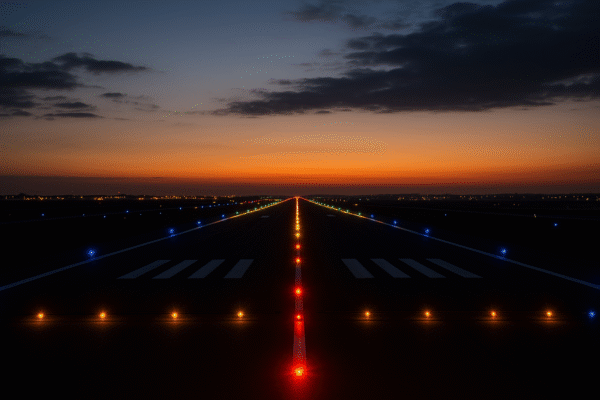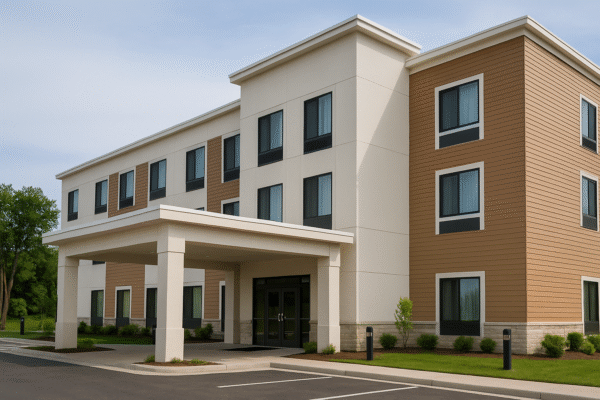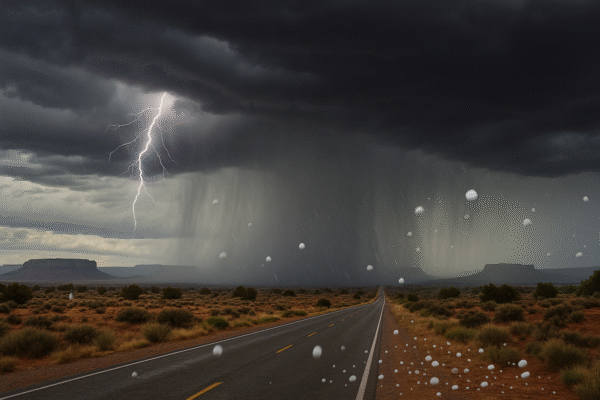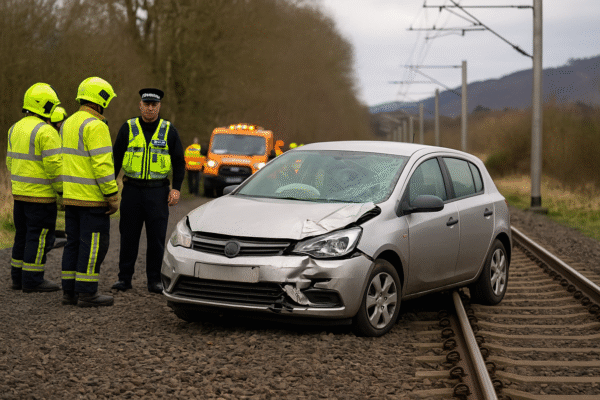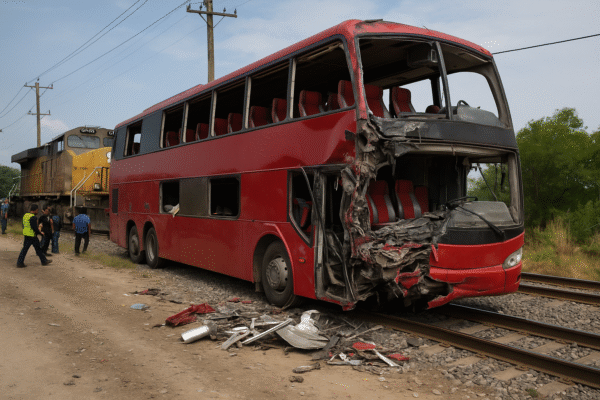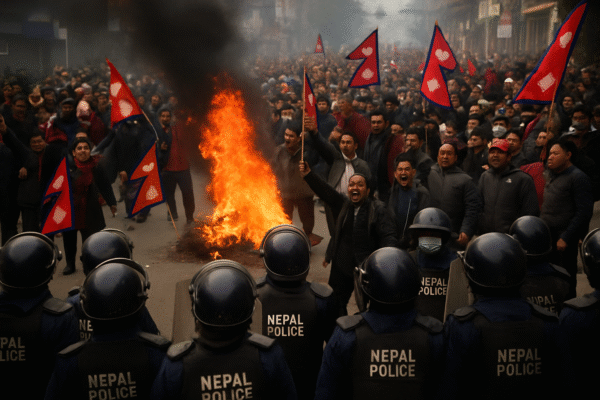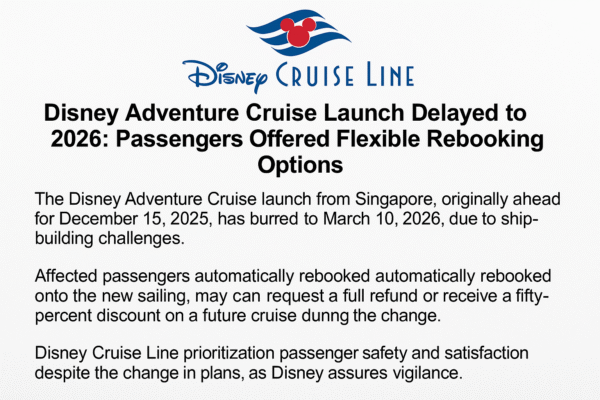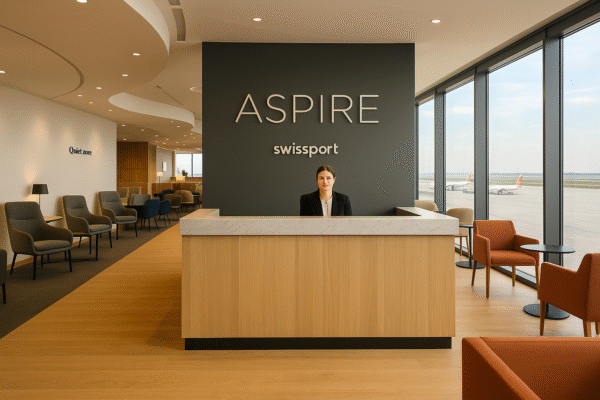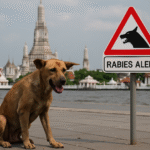Utah’s scenic towns of Bluff, Blanding, and White Mesa—renowned for their cultural history and outdoor adventures—are currently facing severe weather conditions. On the evening of September 12, 2025, the National Weather Service (NWS) in Grand Junction, Colorado, issued a special statement warning of a fast-moving thunderstorm that could pose serious risks to both residents and visitors. With hail, flooding, and winds up to 50 mph in the forecast, travelers are urged to exercise extreme caution and adjust plans accordingly.
This storm highlights how vulnerable tourism-dependent regions can be to sudden shifts in weather. For Utah’s travelers, the message is clear: safety first.
Details of the Severe Thunderstorm
According to meteorologists, Doppler radar indicated a storm near Bluff moving north at around 30 mph. The storm carries multiple hazards:
- Wind Gusts: Up to 50 mph, strong enough to bring down branches, damage temporary structures, and make driving treacherous.
- Hail: Nickel-sized hailstones could harm vehicles, vegetation, and outdoor equipment.
- Heavy Rainfall: Intense downpours are expected to cause flash flooding in low-lying areas, washes, and poorly drained roads.
The NWS has emphasized that driving through flooded roads is extremely dangerous and should be avoided under all circumstances.
Travel Routes and Areas at Risk
The thunderstorm is forecast to impact major travel routes that connect Utah’s cultural and natural attractions:
- U.S. Highway 191 between mile markers 25 and 49.
- Utah State Route 95 between mile markers 118 and 121.
- Utah State Route 162 between mile markers 0 and 8.
Tourists and locals using these highways may encounter road closures, delays, or hazardous driving conditions. Rural roads and trails, often frequented by visitors heading to archaeological sites and natural wonders, are particularly susceptible to damage from flooding and debris.
Potential Impact on Tourism
The storm is not just a concern for local residents—it directly affects Utah’s tourism industry. Bluff, Blanding, and White Mesa serve as gateways to cultural heritage and outdoor recreation. Among the key attractions that may see disruptions are:
- Bluff Fort Historic Site: A popular pioneer fort where visitors explore reconstructed cabins and learn about early settlers.
- Edge of the Cedars State Park Museum: Known for showcasing Ancestral Puebloan ruins and artifacts.
- San Juan River: A hotspot for rafting, canoeing, and fishing, now unsafe due to strong rainfall and swift currents.
Outdoor enthusiasts, hikers, and history lovers are advised to temporarily suspend activities until the weather stabilizes. For travelers, postponing visits is the safest course of action.
Flooding and Local Infrastructure Concerns
Flash flooding poses one of the most immediate threats. Low-lying areas around Blanding and White Mesa are particularly at risk, with the potential for roads to become impassable within minutes of heavy rain. Even well-maintained highways can quickly turn hazardous as water overtops culverts and washes debris onto the road.
Infrastructure challenges could also affect power supply and internet services, impacting communication for both residents and tourists. Local emergency teams are preparing for possible road assistance and flood rescue operations.
Safety Measures for Tourists and Residents
The NWS has advised the public to remain vigilant and take proactive steps to reduce risks. Safety recommendations include:
- Seek Shelter Immediately: Move indoors away from windows and avoid staying in vehicles during severe winds or hail.
- Avoid Flooded Roads and Trails: Even shallow water can sweep vehicles away. Stick to safe, elevated areas.
- Postpone River Activities: Swimming, rafting, and fishing on the San Juan River should be avoided until conditions improve.
- Secure Outdoor Belongings: Loose objects such as camping gear, umbrellas, or patio furniture should be brought inside.
- Stay Updated: Local radio, weather apps, and community alerts should be checked frequently for changes in storm patterns.
Long-Term Perspective: Weather and Utah Tourism
Utah is no stranger to sudden weather events, particularly in late summer and early autumn when monsoon-like storms are common. While these events are short-lived, their impact on tourism can be significant. Outdoor activities that attract thousands of visitors—hiking, camping, and cultural tours—are especially vulnerable to abrupt cancellations.
Tourism boards and local businesses often coordinate with the National Weather Service to ensure travelers are informed. By prioritizing safety and rescheduling plans, Utah remains a resilient destination even under challenging conditions.
Bottom Line
The severe thunderstorm sweeping across Bluff, Blanding, and White Mesa serves as a stark reminder that natural forces can quickly disrupt travel plans. With the potential for hail, strong winds, and flash flooding, both residents and tourists must prioritize safety over schedules. Popular attractions may face temporary closures, but once the storm passes, Utah’s landscapes and cultural sites will remain as compelling as ever.
For now, the best approach is caution: stay sheltered, stay informed, and stay safe.
For more travel news like this, keep reading Global Travel Wire

